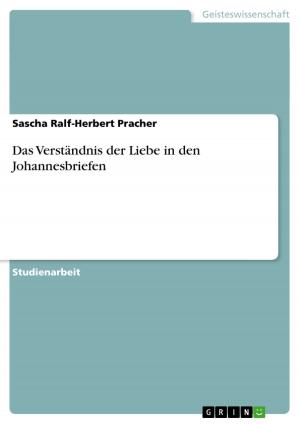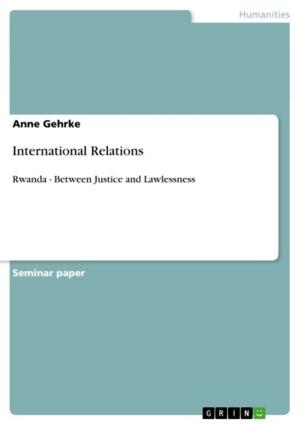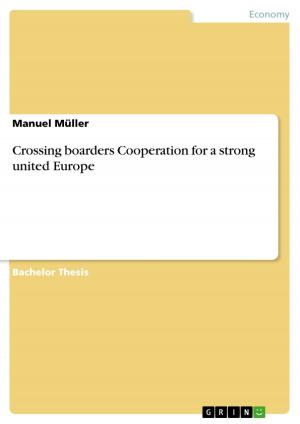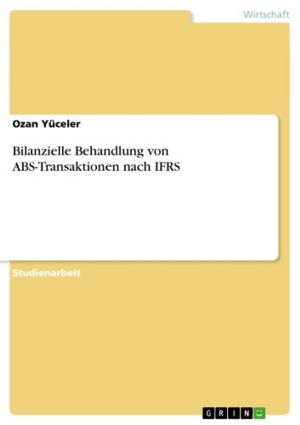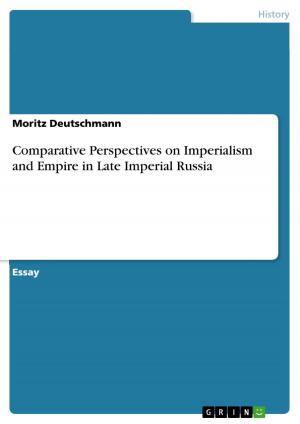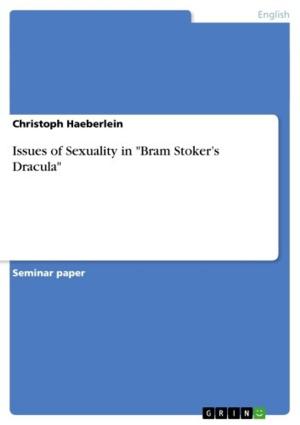The law of international carriage by air
Major legal instruments governing private international air law and their liability regimes
Business & Finance, Business Reference, Business Law| Author: | Patrick Zeuner | ISBN: | 9783638056755 |
| Publisher: | GRIN Publishing | Publication: | June 2, 2008 |
| Imprint: | GRIN Publishing | Language: | English |
| Author: | Patrick Zeuner |
| ISBN: | 9783638056755 |
| Publisher: | GRIN Publishing |
| Publication: | June 2, 2008 |
| Imprint: | GRIN Publishing |
| Language: | English |
Seminar paper from the year 2008 in the subject Business economics - Law, grade: 1,3, University of Applied Sciences Wildau (WIT Wildau), course: Aviation Law, 12 entries in the bibliography, language: English, abstract: Abstract: The developments of more than hundred years of aviation history have lead to a framework of laws on different aspects of the aviation industry. For the people aboard the flying aircraft, different rules are applied as compared on land. Within the field of aviation, the air is the major space touched. But because until the 20th century nobody was able to control an air vehicle, no conflicts erased for intra- or crossborder air traffic. This circumstance changed quickly. Only 16 years after the remarkable milestone of the first engine-powered flight by the Wright brothers from 1903, the growing importance of air travel lead to the first international agreements for air transport. When in 1919 the first scheduled air service between Paris and London came into operation, the necessity for air regulations was an incontrovertible fact. The first agreement was written down in the Paris Convention, which was held in the same year and ratified from 32 nations. The major result of the convention was the recognition of exclusive sovereignty for the states over their airspace, which is still the applied principle today. The agreement also included the first definition of the term aircraft and annexes for technical standards. Nowadays two distinct areas of air law can be differentiated. The international public air law is dealing with rights and obligations of nations in the field of civil aviation. The international private air law governs legal issues for private entities within international air transport, regulating mainly the relation between air carriers and private individuals and cargo shippers. This paper will focus on those aspects. It will give insights of the major milestones of private international air law like the Warsaw System created in 1929, analyze the necessities for the creation of the Montreal Convention of 1999 and give information on its content. Furthermore a special focus will be established on the liability regimes of the two conventions.
Seminar paper from the year 2008 in the subject Business economics - Law, grade: 1,3, University of Applied Sciences Wildau (WIT Wildau), course: Aviation Law, 12 entries in the bibliography, language: English, abstract: Abstract: The developments of more than hundred years of aviation history have lead to a framework of laws on different aspects of the aviation industry. For the people aboard the flying aircraft, different rules are applied as compared on land. Within the field of aviation, the air is the major space touched. But because until the 20th century nobody was able to control an air vehicle, no conflicts erased for intra- or crossborder air traffic. This circumstance changed quickly. Only 16 years after the remarkable milestone of the first engine-powered flight by the Wright brothers from 1903, the growing importance of air travel lead to the first international agreements for air transport. When in 1919 the first scheduled air service between Paris and London came into operation, the necessity for air regulations was an incontrovertible fact. The first agreement was written down in the Paris Convention, which was held in the same year and ratified from 32 nations. The major result of the convention was the recognition of exclusive sovereignty for the states over their airspace, which is still the applied principle today. The agreement also included the first definition of the term aircraft and annexes for technical standards. Nowadays two distinct areas of air law can be differentiated. The international public air law is dealing with rights and obligations of nations in the field of civil aviation. The international private air law governs legal issues for private entities within international air transport, regulating mainly the relation between air carriers and private individuals and cargo shippers. This paper will focus on those aspects. It will give insights of the major milestones of private international air law like the Warsaw System created in 1929, analyze the necessities for the creation of the Montreal Convention of 1999 and give information on its content. Furthermore a special focus will be established on the liability regimes of the two conventions.

